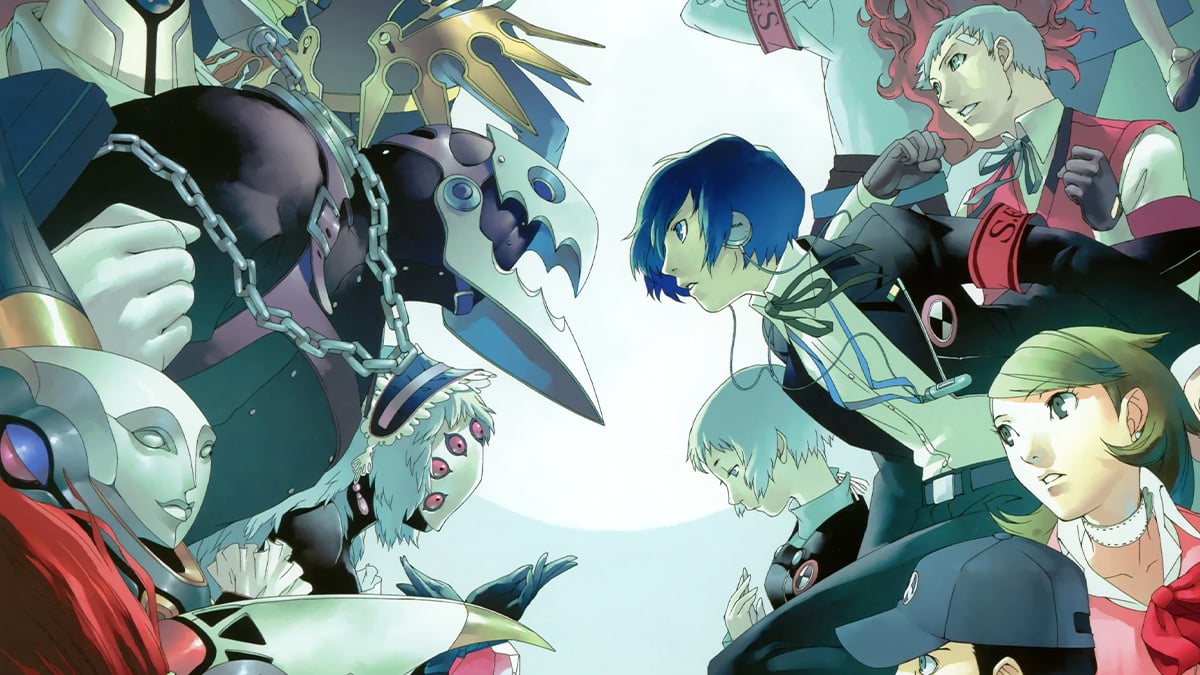The debate between Persona and Shin Megami Tensei fans has raged for years, with each series offering a unique experience within the broader JRPG genre. Both series originate from the same developer, Atlus, and share many gameplay elements, yet they diverge significantly in their themes, storytelling, and character development. To understand which series might be better for you, it’s essential to delve into their histories and distinct characteristics.

What’s the difference between Shin Megami Tensei and Persona?
Shin Megami Tensei is the progenitor, first emerging in 1992 with a game of the same name. Shin Megami Tensei was itself a spinoff/continuation of the Megami Tensei series. Rooted in post-apocalyptic settings, Shin Megami Tensei games are known for their dark themes, existential questions, and strategic, turn-based combat featuring demons. The series’ influence has been vast, establishing a dedicated fanbase attracted to its mature narratives and complex gameplay mechanics.
Persona began as a spin-off of Shin Megami Tensei with the release of Revelations: Persona in 1996. Originally, Persona borrowed heavily from its parent series’ dark themes and demon-summoning mechanics. However, it began to carve out its unique identity, especially with the release of Persona 3 in 2006. This game introduced the now-iconic Social Link system, blending traditional RPG combat with life simulation elements, marking a significant departure from Shin Megami Tensei‘s formula and setting the stage for Persona’s future evolution. Although Persona can technically be considered a Shin Megami Tensei game, the two series diverge enough that most fans consider them different properties.

Key differences and similarities
One of the primary distinctions between Shin Megami Tensei and Persona lies in their approach to characters and storytelling. Persona games typically feature-rich, complex characters within a more or less linear narrative.
Each Persona game follows a group of high school students who uncover supernatural abilities and confront dark forces. Meanwhile, they balance their daily lives and form deep, personal bonds with each other. The Social Link system allows players to develop relationships that can impact the game, enhancing narrative and gameplay.
In contrast, Shin Megami Tensei games focus less on individual character development and more on broader ideological conflicts. Characters in Shin Megami Tensei often represent various ideologies or philosophical viewpoints rather than fully fleshed-out individuals.

This leads to stories that are more existential, exploring themes of order, chaos, and neutrality. These themes are embodied by the game’s multiple endings, which align with different philosophical paths, offering players a choice that significantly affects the narrative’s outcome. Both series share the core gameplay mechanic of turn-based battles featuring demons or personas, which can be recruited, fused, and evolved.
The creatures themselves often overlap between the two series, maintaining a consistent mythology between the two. However, Shin Megami Tensei games typically adopt a darker aesthetic and tone, frequently depicting apocalyptic or post-apocalyptic scenarios. The narrative often takes a backseat to thematic exploration, with the player’s choices shaping the world.
Persona, while also dealing with dark themes such as mental health, identity, and societal issues, emphasizes narrative and character interactions. The life simulation aspect of managing daily activities, school life, and relationships adds a layer of depth that differentiates it from the more somber, overarching themes of Shin Megami Tensei. The blend of social simulation and dungeon-crawling creates a unique gameplay loop.

Persona or Shin Megami Tensei: Which should you play?
Determining which series is better ultimately depends on what you’re looking for in a JRPG.
- Persona: If you enjoy building bonds and having meaningful relationships with individual characters, along with a strong, character-driven narrative, Persona is likely the better choice. Its blend of life simulation and RPG elements offers a unique and emotional experience.
- Shin Megami Tensei: If you’re drawn to a darker aesthetic, complex themes, and slightly more challenging combat, Shin Megami Tensei might be more up your alley. The series’ exploration of existential questions and the moral ambiguity of its multiple endings provide a thought-provoking experience that goes beyond traditional storytelling.
Both series boast excellent gameplay and compelling narratives, albeit in different ways. Whether you prefer the character-driven stories of Persona or the thematic depth and challenging gameplay of Shin Megami Tensei, there’s no wrong choice. Each series offers a unique take on the JRPG genre, ensuring that whichever path you choose, you’re in for a great time.
Shin Megami Tensei V Vengeance will be available on the Nintendo Switch, PlayStation 4, PlayStation 5, Xbox One, Xbox Series X/S, and PC on June 14, 2024.


Published: May 31, 2024 06:15 pm